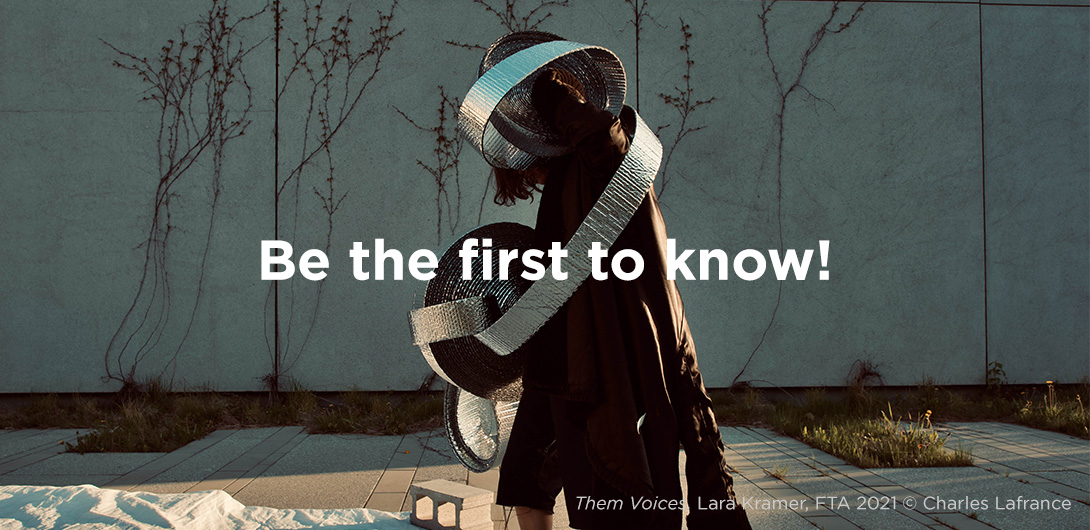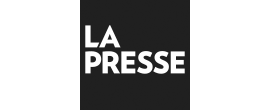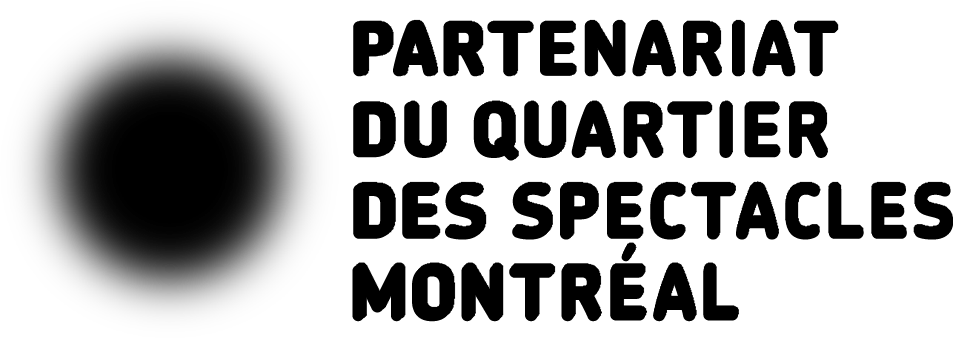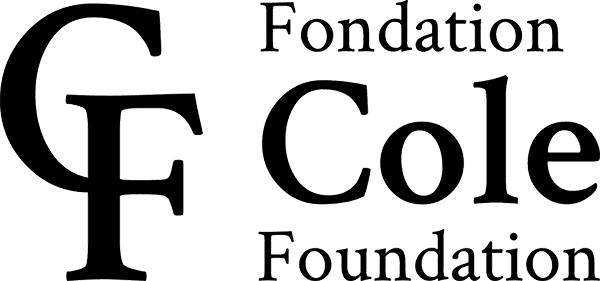What land is important to you and what kind of relationship do you have with it?
I’ve always known that Guovdageaidnu, where I was born, is where I feel at home. My mom didn’t have time to go to the hospital, so she gave birth to me in the place that later became the location used by the Sámi artistic collective Dáiddadállu. My husband is a reindeer herder, so in April or May, we migrate with our herd of reindeer to the coast, where we stay for a few months. I feel a very strong connection with more than one place and people. Some might think that being bound to traditional lands might inhibit your creative approach. In fact, it’s very liberating and makes me stronger as an artist.
What elements fed into the creative process for Vástádus eana?
I was inspired by social movements like Black Lives Matter, #MeToo, and Standing Rock. What interests me in particular is the power that’s gained when people come together to resist injustice, no matter whether it’s an actual or virtual gathering.
The piece is also informed by the contemporary struggles of the Sámi, rather than their history. Actually, I’m fond of working with material that’s based on lived experiences. I prefer those to written reports, which are often made by non-Indigenous people. Our bodies carry knowledge and memories—if we tune in to them, we can bring to life the embodied stories that characterize who we are.
I was also very influenced by a project carried out in 2017 and 2018 by the Sámi artists Niillas Holmberg, Jenni Laiti, and Outi Pieski, called Rájácummá – Kiss from the Border. It involves eight stanzas of a poem placed on billboards along the border between Norway and Finland, in the Deatnu River valley. It’s a project that’s very political, but there’s also so much love in there. It was a source of inspiration that pushed me to create a piece based on love of the land, rather than anger.
The Rájácummá – Kiss from the Border project highlights the fact that Sápmi, the Sámi territory, transcends national borders. This element is found in Vástádus eana, which includes a number of traditional joiks dealing with nature that come from different areas. Others were composed by Frode Fjellheim, who also arranged all the joiks polyphonically, including one that I composed and one that was transmitted by an elder to one of the performers and me.
What did your research on Sámi movement involve, and how did it inform the piece?
Since I’m asked so often whether there are traditional Sámi dances, I asked some elders about it. One of them told me, “We Sámi don’t dance; it’s the Norwegians who dance.” Afterward, I realized that this elder defined “dancing” only as dancing as a couple to music. But in fact, all movement that’s not for practical purposes—like throwing a lasso to catch a reindeer, for example—is dance. Another example is the hand movements that the three men make while joiking in my short film The Joiking Hand.
I drew inspiration from my piece Jorggáhallan—which is based on movements described by elders—to create the sequence at the start of Vástádus eana. The performers ask permission from the land to live on it by dancing and joiking. It’s a promise to leave the land as you found it. It’s an internal practice that we do, a Sámi tradition that I learned from my mother. For Vástádus eana, I turned it into sung and joiked movement.
You’re a choreographer, director, reindeer herder, co-founder of an Indigenous artistic collective, and mother—how do you manage to wear all these different hats?
I feel I don’t have a choice. There are many Sámi women artists who are engaged in many different things. Art is a very powerful medium that allows you to have bodily and spiritual experiences. It’s a way of making Indigenous voices heard and to reclaim space—both physical and public. This piece is the first time that my work has been booked in large venues.
